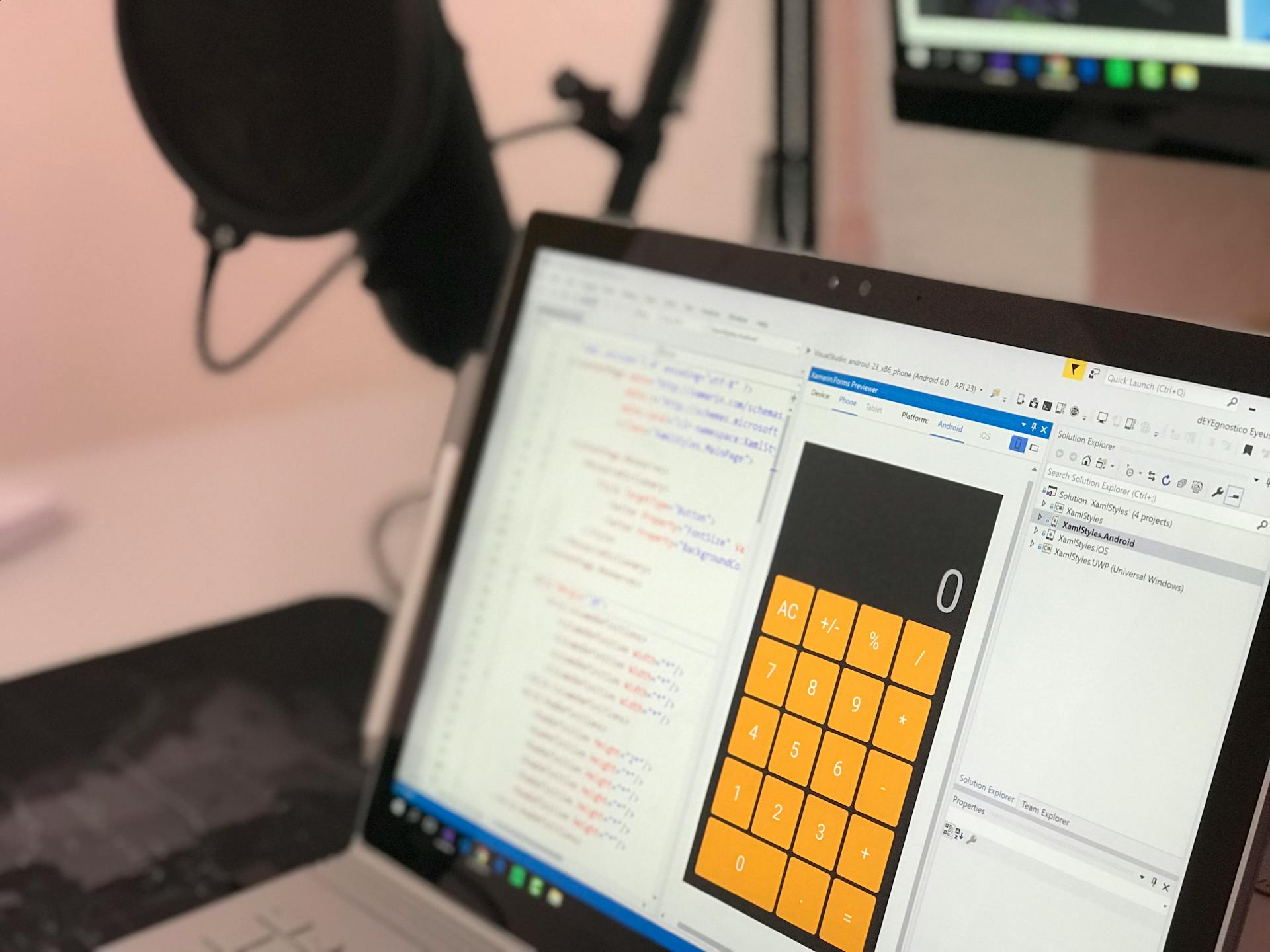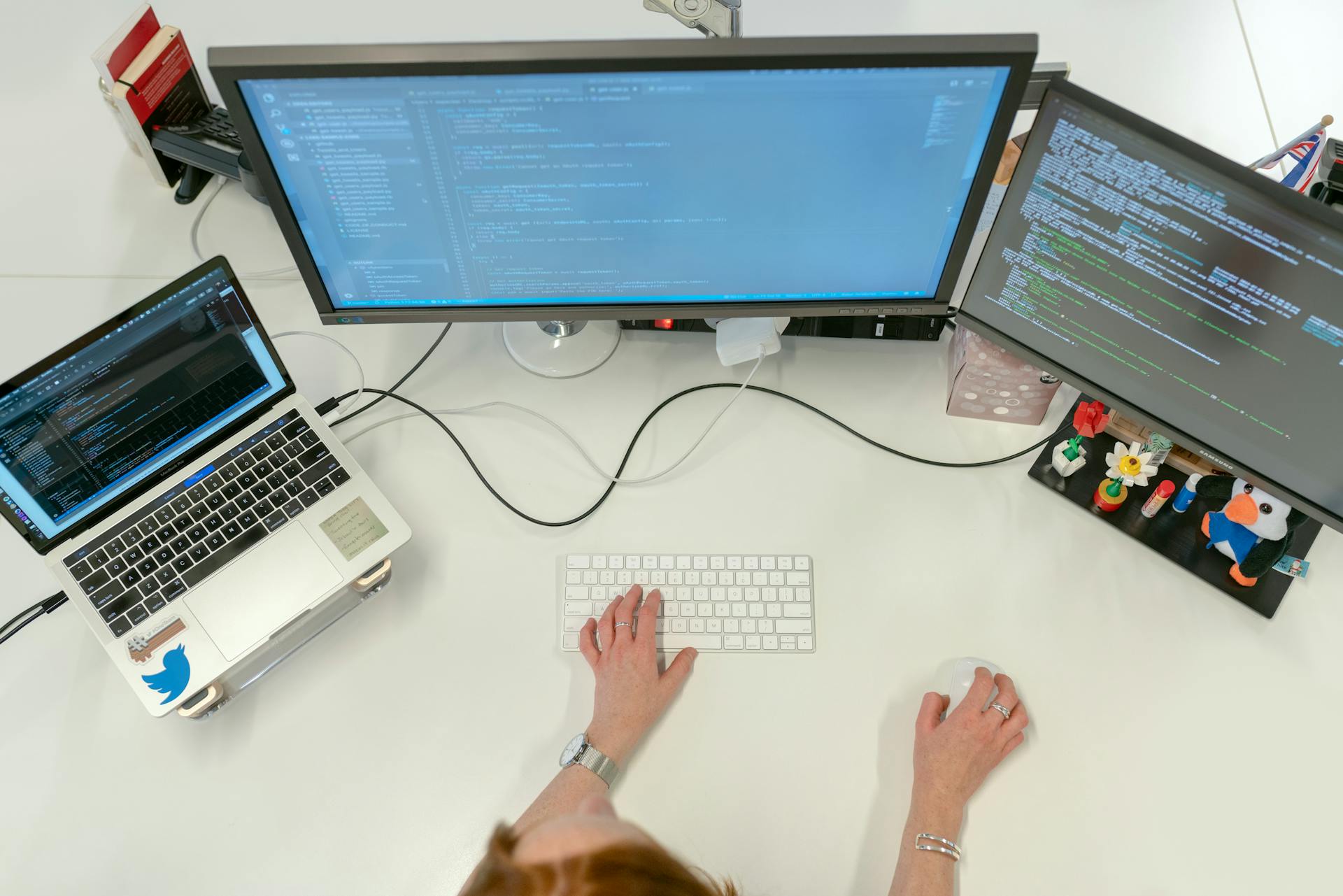
Software Localization Costs: What You Need to Know First
You’ve built software flying off the shelves in your home country. Now, you’re ready to take things global. You’ve pinpointed which international markets to target. What you need next is a localized version of your software and all its supporting documentation.
But before you jump in with both feet, you’re likely asking: how much does software localization cost?
It’s a fair question. After all, software localization is an investment, and like any investment, you want to know what you are paying for. Several things can contribute to the cost, and in this article, we will walk you through the most important ones.
What Is Software Localization (and Why Does It Matter)?
Software localization involves modifying your software to meet the specific requirements of a target region or language group. It involves translating everything, reformatting layouts, optimizing images, and providing a native-like user experience for that market.
But it’s more than just swapping out words. It’s about making your software or platform feel like it was built for that audience from the start. Why does this matter?
Because users are more likely to engage and spend when they feel understood. In fact, research shows that a large majority of consumers are more inclined to purchase when product information is presented in their own language. Even those fluent in English may feel less confident using software that doesn’t “speak” to them naturally.
Read more: Localize to Southeast Asia with Digital Trans!
Core Elements of the Software Localization Process
There’s more to localization than meets the eye. Let’s break it down into four core components that drive both quality and cost:
1. UI/UX Design Adaptation
A well-designed interface in one country might confuse users in another. At this stage, adapting your UI and UX design becomes essential for effective localization.
For instance, languages like German or Russian often produce longer text strings, which may overflow buttons or menus. These issues require resizing elements or redesigning layouts entirely.
Beyond visuals, UX must also align with cultural expectations. In some regions, users prefer certain navigation styles or layouts. In some regions, users anticipate familiar payment options, such as e-wallets in Southeast Asia or bank transfers commonly used in Germany.
Making these adjustments ensures the software feels intuitive and familiar, like it was built just for them.
2. Content Translation
High-quality translation considers cultural nuances, idioms, symbols, humor, and user expectations. You should work with native translators who are fluent in the language and knowledgeable about your industry. If your software contains error messages, onboarding instructions, or help center articles, all of which will need to be translated as well.
3. Testing and Quality Assurance (QA)
This is where the rubber meets the road. Once all the translation and reworking, your localized software needs to be tested extensively. QA ensures everything works smoothly by spotting bugs, layout issues, missing translations, and functionality glitches. You’ll also need linguistic QA—reviewing how well the translation works in context.
What Affects Software Localization Cost?
Localization isn’t one-size-fits-all. Several factors will influence the total investment required for localization. Let’s unpack the most common ones.
1. Software Complexity
The more features your software has, the more localization it requires. Do you have dynamic content? Complex navigation? Integrated third-party tools? All of these add more complexity to the overall localization workflow.
Even simple things like date formats or currencies can vary across regions. The more complicated your software is, the greater the effort required—and naturally, the higher the overall cost.
2. Expertise Required
Not all translators are created equal. If you’re localizing a fintech software, you’ll need experts familiar with banking terminology. When localizing medical software, understanding industry regulations is absolutely essential.
The more specialized your software, the more you’ll pay for professional linguists and localization engineers. Plus, you'll likely need project managers, designers, and QA testers with localization experience. Their expertise adds to the software localization cost, but it's worth every penny.
3. Localization Requirements
The extent of localization efforts can differ greatly based on the objectives you want to achieve. Some projects involve only the interface text, while others go much deeper.
This includes adjusting things like date formats, currency symbols, units of measurement, and even tone or imagery to match local norms. These subtle changes help your software feel more natural and trustworthy to regional users.
If your software includes multimedia elements, like audio instructions, tutorial videos, or images with embedded text, those assets will need localization too. Handling multimedia requires extra care, tools, and specialized skills, which can drive up the overall software localization cost. The more detailed your localization needs, the more resources the process will require.
4. Turnaround Time
Need it done yesterday? Faster timelines usually come with a higher price. Rush orders frequently require additional people, overtime, and faster test schedules. If you are in a hurry and have to do it fast, you will likely pay a premium. However, if you can plan ahead and break it down into buy stages, you could save a fair amount of money.
5. Tools and Technology Used
Next, the tools and software used to carry out localization may impact the cost. There are hands-on localization tools—such as CAT tools, TMS platforms, and automated QA tools—that can help accelerate localization and reduce human error. Using tools and software comes with its costs, as well as onboarding time if your dev space requires APIs and custom connectors.
6. Language Pair and Availability
Certain language pair combinations are easier and less expensive than others. One familiar example is translating from English into Spanish; this language pair is so common that English-to-Spanish translation costs are generally lower. However, authenticating into a less common language pair, such as English to Burmese, will likely incur higher costs due to the limited availability of qualified translators.
Additionally, certain languages like Arabic and Hebrew require adjustments to accommodate right-to-left (RTL) reading formats. Localizing to RTL languages usually entails some sort of redesign in the UI layout and adjusting the text flow.
Those tweaks can involve both design and coding work, which adds to your total software localization cost. So, the rarer or more structurally different the language, the more you may need to invest.
Price Models

As you prepare your software for the worldwide market, knowing pricing models will help, since the cost of software localization is not uniform; it varies based on the size and complexity of your project.
Understanding the different pricing structures early on helps you make smarter choices and manage expectations more effectively. There are:
1. Per Word
This is among the most frequently used pricing approaches. You’re charged based on the number of words translated. This is ideal for those projects that clearly define the text boundary edges, e.g., UI labels or application messages.
Prices normally range between $0.08 and $0.25 a word.
Examples of such languages include Spanish, French, Italian, or Southeast Asian languages like Bahasa Indonesia, which normally tend to be on the low end.
On the other hand, uncommon or more intricate languages may lead to higher per-word costs.
Also, this model may not include extras like proofreading or testing.
2. Per Hour
This model is best for tasks that don’t fit neatly into word counts, such as UI/UX feedback, QA testing, or engineering tuning.
Prices are often between $20 and $70 an hour based on expertise and job complexity, and if you choose this hourly pricing, it might be unpredictable and unreliable when applied to non-pre-scoped work.
3. Per Project
Need an all-inclusive approach? Then this model is for you. Here, the vendor offers a fixed price to handle everything from start to finish. This typically involves translation, design alterations, testing, and project administration.
Pricing is typically between $500 to $5,000 per project, scale and scope-dependent.
It's especially useful for companies that want a turnkey operation whereby all is taken care of by a single team of software localization services.
4. Customized Pricing
Every software is different, and so are its localization needs. Complex software often requires custom pricing models. These might involve highly technical content, frequent updates, or market-specific adjustments.
Costs in this model vary widely.
Some providers offer consultations to estimate the workload before giving you a quote.
This approach suits software needing deeper cultural adaptation, unique design work, or ongoing localization support.
Read more: How to Localize Your Game with Indonesian Translation
Conclusion
In today’s global market, software localization isn’t optional—it’s essential for reaching international audiences. No matter whether you localize a mobile app, an enterprise platform, or a game, localization means your software speaks your users' language.
If you are targeting Southeast Asian markets, where online adoption is rapidly spreading, localization is important. At Digital-Trans Asia, we understand how to localize your software so that it feels like it has local roots, whether a video game, web novel, or proper app.